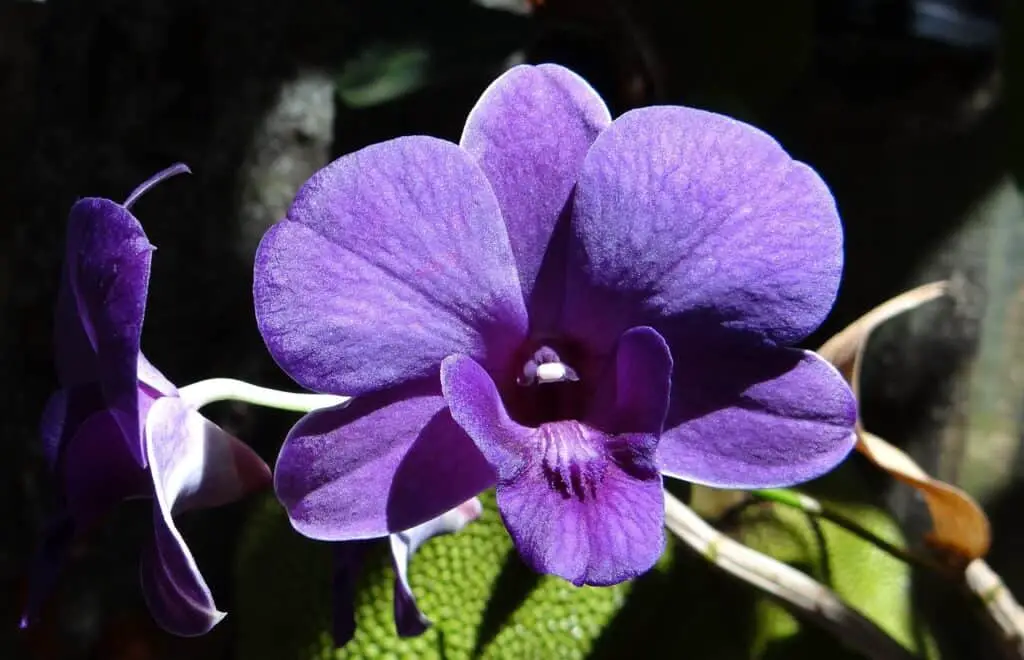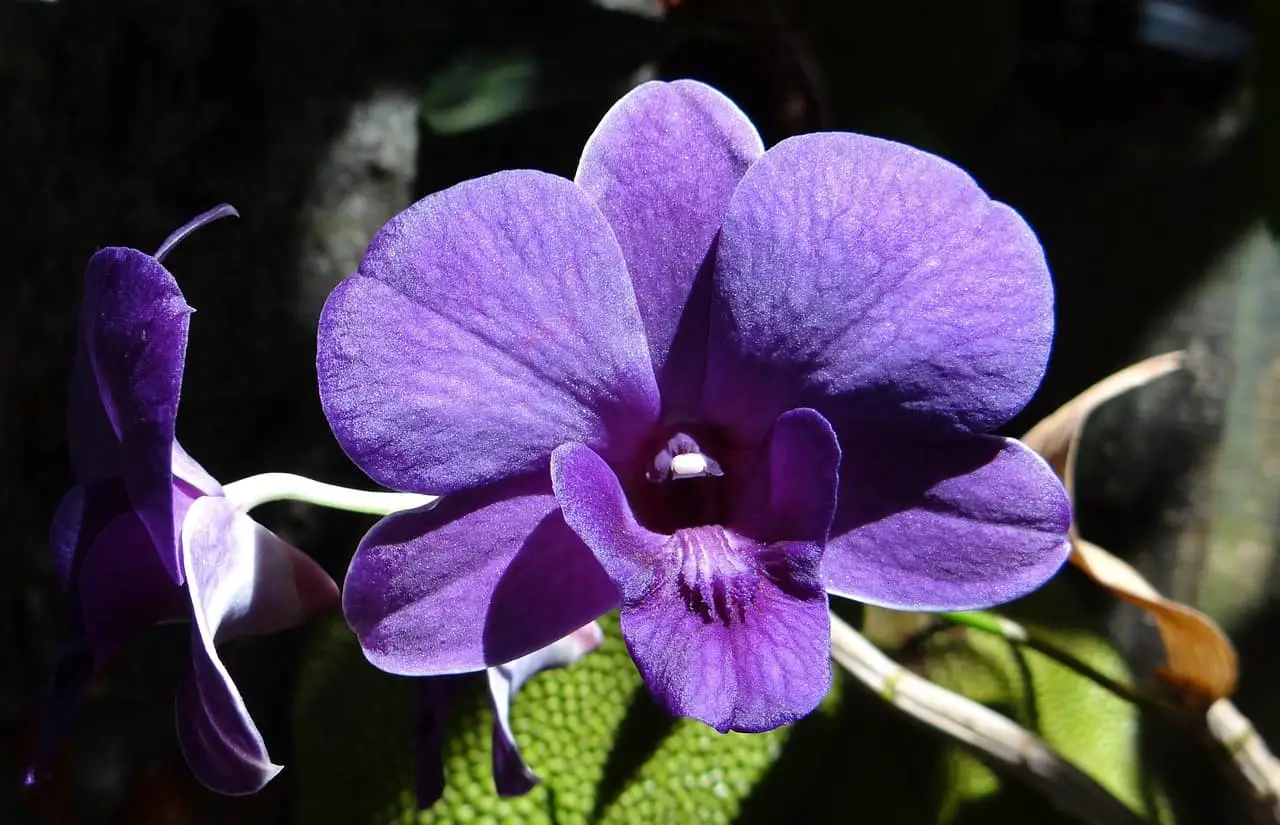Orchids are one of the most beautiful and exotic plants in the world. They are known for their vibrant and striking flowers and can add a touch of elegance to any space, whether it’s a home, office, or garden. Orchids are also known for their long-lasting blooms and can stay healthy and vibrant for months or even years when given the right care and conditions.
However, one of the most common challenges that orchid growers face is root loss. Orchids with no roots can be a big problem for growers, but the good news is that they can be saved with the right care and attention. In this guide, we’ll take a look at how to save an orchid with no roots and bring your plant back to life.

The Importance of Saving Orchids with No Roots
Orchids are beautiful and versatile plants that are known for their unique and delicate beauty. When orchids are healthy, they can add a touch of elegance to any space. Healthy orchids also come with a wide range of benefits, including improved air quality in your home, lower stress levels, and improved focus and productivity.
When orchids start to lose their roots, it can be a big problem. Without roots, plants are not able to take up nutrients and moisture from the soil, which can cause them to wither and die. It’s important to save orchids with no roots because they can be saved, and doing so can help you avoid having to replace your plant altogether.
The Benefits of Having Healthy Orchids
When orchids are healthy, they offer a wide range of benefits, including:
Improved Air Quality: Orchids are known for their ability to purify the air. They can help remove toxins like formaldehyde and benzene from the air, which can improve the air quality in your home or office.
Lower Stress Levels: Orchids are known for their ability to reduce stress levels. Studies have shown that plants can help to lower blood pressure and reduce stress hormones, which can have a positive impact on your overall well-being.
Improved Focus and Productivity: Plants have been shown to improve focus and productivity. Studies have shown that having plants in your workspace can help improve concentration and productivity, leading to better work performance.
Common Causes of Orchid Root Loss
There are several reasons why orchids can lose their roots, including:
Overwatering: Orchids require moist but well-draining soil. Overwatering can lead to waterlogged soil, which can cause the roots to rot and die.
Underwatering: On the flip side, underwatering can also cause the roots to die. Orchids require a consistent level of moisture to thrive.
Bacterial or Fungal Infections: Orchids can be susceptible to bacterial and fungal infections. These infections can attack the roots, causing them to rot and die.
How to Diagnose an Orchid with No Roots
If you suspect your orchid has no roots, here are some signs to look for:
Signs of Root Loss in Orchids
Yellow or Brown Leaves: When orchids start to lose their roots, the leaves may start to turn yellow or brown.
Wilting or Drooping: Orchids with no roots may start to wilt or droop, even if they are watered regularly.
Soggy Soil: If the soil is too wet, it may be a sign that the roots have started to rot.
No New Growth: Orchids with no roots may not produce any new growth.
How to Identify Healthy and Unhealthy Orchids
To identify healthy and unhealthy orchids, you should look for the following:
Healthy Orchids: Healthy orchids have firm leaves and roots. The leaves should be a vibrant green color, and the leaves should be plump and turgid. A healthy orchid will also produce new growth and flowers regularly.
Unhealthy Orchids: Unhealthy orchids may have yellow or brown leaves, wilted or drooping leaves, and roots that are brown, mushy, or dry.

Ways to Revive an Orchid with No Roots
If you have an orchid with no roots, don’t despair. There are ways to revive your plant and bring it back to life.
Basic Requirements for Orchid Growth
Before you begin to revive your orchid, it’s important to understand the basic requirements for orchid growth. These include:
Light: Orchids require bright, indirect light to thrive.
Water: Orchids require consistent moisture to thrive. However, overwatering can cause the roots to rot and die.
Temperature: Orchids thrive in warm, humid conditions. They prefer temperatures between 65-80°F.
Humidity: Orchids prefer humid conditions. You can increase humidity by misting your plant regularly or using a humidifier.
Step-by-Step Guide to Save Your OrchidStep-by-Step Guide to Save Your Orchid
Step 1: Remove the Orchid from the Pot
Carefully remove the orchid from the pot. Gently shake off any loose soil and remove any dead or remaining roots.
Step 2: Trim Off Rotten Parts
Using a clean, sharp blade, trim off any rotten or mushy parts of the plant, including the leaves and roots.
Step 3: Soak the Orchid
Soak the orchid in a container of distilled water for 30 minutes to an hour. Make sure the water covers the bottom of the stem but doesn’t soak the leaves.
Step 4: Dry the Orchid
Gently blot the orchid dry with a clean towel. Let the orchid air dry for a few hours.
Step 5: Pot the Orchid
Place the orchid in a clean pot with fresh potting mix. Make sure the roots are covered with soil, but not too deep.
Step 6: Provide Proper Care
Water the orchid regularly and make sure it gets plenty of bright, indirect sunlight. It’s important to provide proper care for your orchid to promote growth and prevent further damage to the plant.
Conclusion
Reviving an orchid with no roots is a process that requires patience and care. By following the steps outlined in this guide and understanding the basic requirements for orchid growth, you can save your plant and bring it back to life. With a little time and effort, you can have a beautiful and healthy orchid that will add a touch of elegance to your space.

Tips for Maintaining Healthy Orchids
To prevent orchid root loss, make sure you are providing your plant with the proper care, including:
Proper Watering: Orchids require consistent moisture but not too much. Make sure the soil is moist but well-draining. Avoid overwatering to prevent root rot.
Proper Lighting: Orchids require bright, indirect sunlight to thrive. Avoid exposing your plant to direct sunlight, which can cause the leaves to burn.
Proper Temperature: Orchids prefer warm, humid conditions. Keep the temperature between 65-80°F.
Techniques for Orchid Care and Maintenance
To keep your orchid healthy and vibrant, here are some care and maintenance techniques to consider:
Fertilize Regularly: Orchids require regular fertilization to thrive. Use a slow-release fertilizer specifically designed for orchids.
Repot When Necessary: Repot your orchid every 1-2 years to refresh the soil and prevent root rot.
Trim Off Dead Parts Regularly: Regularly trim off dead or brown leaves, stems, or flowers to promote new growth.
Mist Your Orchid: Misting your orchid regularly can help increase humidity and promote healthy growth.
In conclusion, orchids are a beautiful and unique addition to any space, and with the right care, they can thrive for months or even years. If you have an orchid with no roots, don’t despair. Follow the steps outlined in this guide and provide proper care and maintenance to promote growth and health in your plant. With a little time and effort, you can save your orchid and enjoy its unique beauty for years to come.

